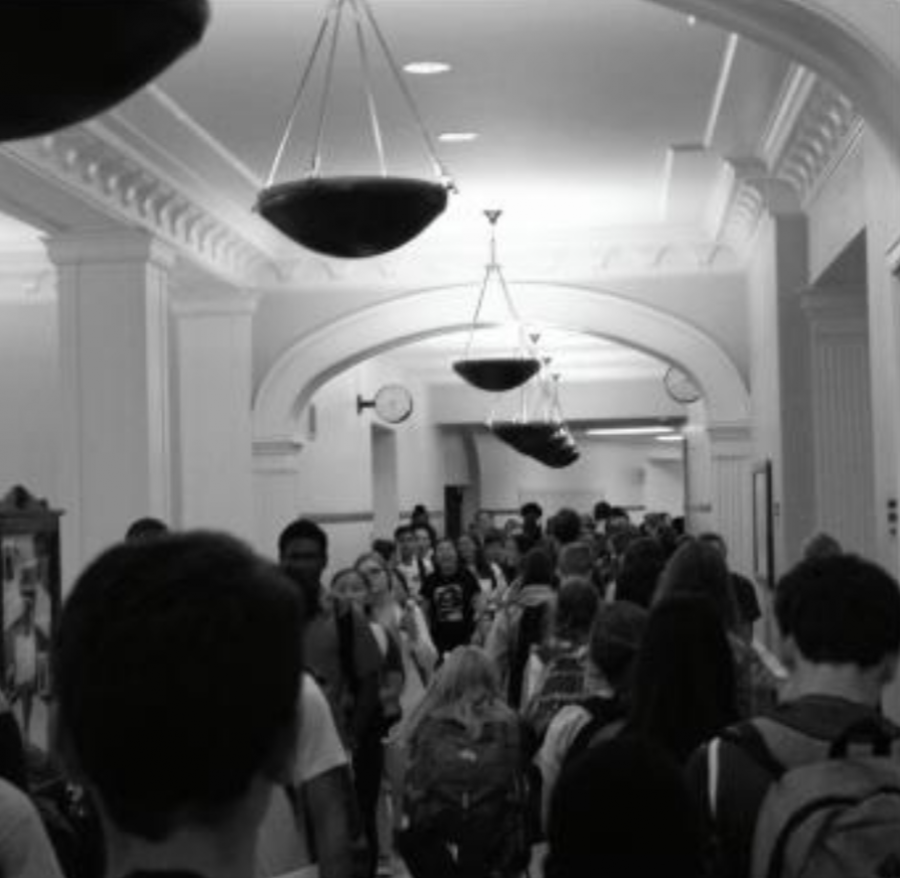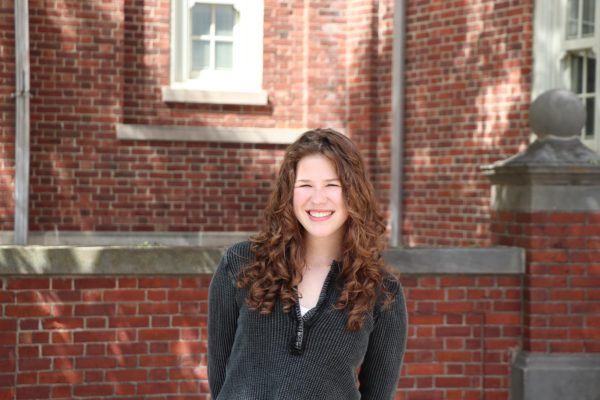WHHS bursting at the seams
As of the 2017-2018 school year, WHHS has over 3,000 students. The school building is designed to hold approximately 2,400 students. There aren’t enough lockers in the school building for every student, after nearly every legal square inch of space in the school has been filled with them. Walnut is growing, and we need to slow that growth down. If more kids enroll at the school, there will be nowhere to put them. This is a problem, so what do we do?
Many classes are well over 30 students, with some classes over 35 students per class. Having so many students can affect the quality of education of the students and make teaching more difficult.
Teacher’s union representative and social studies teacher, Brad Smith, said that the larger class sizes “definitely affect a student’s learning” and that this school year is his “largest ever with class sizes.”
Spanish teacher, Keith Maddox, echoed Smith’s concerns, saying “it is harder for teachers with so many more kids, especially since language is more one-on-one than other classes.”
Both teachers also support extending the passing time from five to six minutes. Smith stated, “I am more than willing to give up one minute of my class for the students.”
Everyone recognizes that overcrowding is a problem in this school, but what is lacking is a realistic solution. One solution involves building a separate building for the middle school students, relieving the hallways in the main building, and freeing up lockers for everyone. While this looks like a good solution at first, it has some key faults. Many teachers in the school teach both middle school and high school classes and would have trouble commuting between buildings during the day. Many students also take higher level classes when in middle school, such as health or Algebra 1. However, the largest inhibitor to this plan is its cost. A new building would cost millions of dollars, money that may not be able to be spared for construction.
A popular solution is to cap admissions. Capping admissions of the incoming class would ensure that there is enough seats for everyone, and enough lockers, too. The issue with this solution is its implementation. As an open-enrollment school, WHHS currently accepts all in-district students that pass the entrance exam. With a cap, would some students that pass not be accepted? Is that legal or ethical? I believe so, but these are questions that Walnut and the district’s administrators have been mulling over for the last few years, and questions that need answers soon.
Another solution is changing the entrance exam. Currently, you need to score 70% on the exam to be allowed to enroll in the school, but the proposal increases this to 75%. This will not only limit the size of the incoming seventh grade class, but also increase the academic ability of new students. However, this solution could also limit diversity in the school’s population. Students from different elementary schools and economic classes may score lower on the standardized test. Selecting a proper solution really is choosing the lesser of evils.
Even though these solutions have been proposed, no solution has been implemented. Changing admissions rules requires months of bureaucracy and paperwork, which can be difficult to get. The best choice for our school is to limit admissions. With less students, teachers can individualize their work and overall get better grades for their students. It is the best solution for the halls, for the students, and for the teachers. Hopefully, with a new administration, solutions that are agreeable to all sides can be found, and there may finally be room to breathe in the hallways. It is getting close to the point where action is required immediately. We can only hope that the administration acts sooner rather than later and before it is too late.
Your donation will support the student journalists of Walnut Hills High School. Your contribution will allow us to purchase equipment, cover our annual website hosting, printing costs and offset competition and conferences fees for students.








